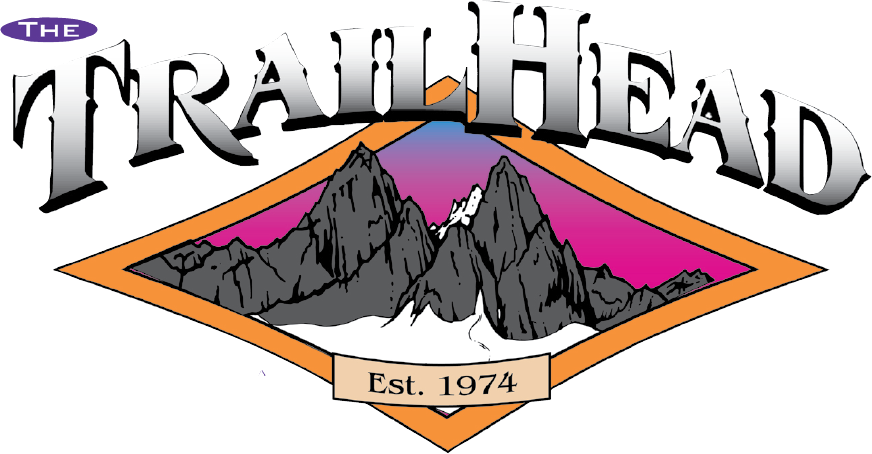The Blackfoot River is one of the best floats in Montana. Combining excellent and diverse scenery with a wide variety of river conditions, any float on the Blackfoot River will lead to a memorable experience. The Blackfoot flows from Anaconda Creek near Rogers Pass 132 miles to the confluence with the Clark Fork River.
Access along the river is excellent. The upper portion of the river frequently flows through public lands. The lower portion of the river flows through the Blackfoot River Recreation Corridor. This corridor provides numerous official access sites. Additionally, countless unofficial access sites are available off of Montana Highway 200 and several back roads that parallel the river on the other north side.
Floating and rafting can begin on the Blackfoot River near the town of Lincoln, more than 110 miles upstream from its confluence with the Clark Fork.
The upper portion of the Blackfoot River has primarily slow water. The river is fairly narrow and flows through dense forests. Many logjams can also be found along the river, especially in the vicinity of Nevada Bridge, about 18 miles downstream from Lincoln. Wildlife is abundant along this stretch of the Blackfoot River.
The Blackfoot River then flows into a big, broad plain. The first of the many rapids on the river is then encountered several miles above Scott Brown Bridge. This rapid is short and is easily navigable by rafters and floaters of intermediate skill.
Beginning at Scotty Brown Bridge, the river enters the Blackfoot River Recreation Corridor. For the first five miles, the river is marked by a quick flow, twisty turns, but no whitewater.
Beginning at Sperry Grade Access Site, which is five miles downstream from Scotty Brown Bridge, the whitewater section of the Blackfoot River begins. For the next seven miles, the Blackfoot River has numerous rapids, several of which are Class III. Due to large waves and several small drops, this section of river should not be run in a canoe unless you have whitewater canoe experience. Beginners in rafts should also be wary of running this stretch of the Blackfoot River as well.
Below this whitewater section, occasional Class II rapids can be found intermittently down the remainder of the Blackfoot River, but should pose no problems to alert floaters. For those traveling by canoe, it is advisable to scout these rapids before running them, as the severity of the rapids changes greatly with fluctuating water levels.
The Blackfoot River finally slows down a few miles above Bonner Dam. Currently Weigh Station is the last place you can take-out. The river from Weigh Station to the confluence with the Clark Fork is closed for river restoration.
